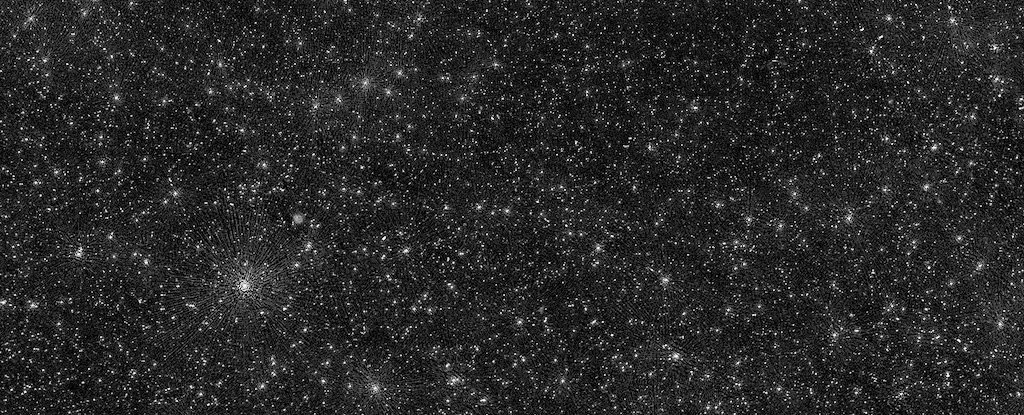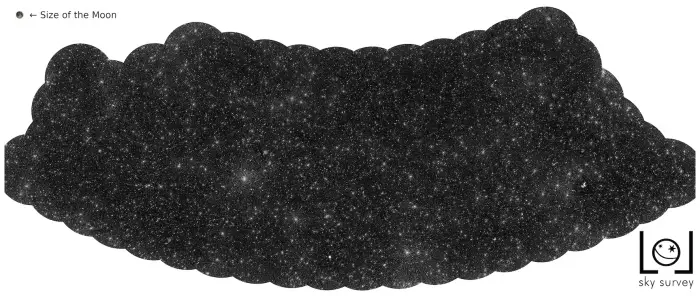Astronomers have long been fascinated by black holes, mysterious objects in space with immense gravitational pull that consume everything in their vicinity.

However, due to their nature, black holes are difficult to observe directly. Recently, a compelling image has captured the attention of the scientific community, revealing white specks scattered across the cosmic canvas. Surprisingly, these white specks are not stars or galaxies; they are black holes.
A New Way to Observe Black Holes
Traditionally, black holes have been detected through their interactions with nearby matter or the gravitational waves produced during collisions. The new image, however, showcases a different approach to observing black holes. Scientists have utilized a technique known as X-ray imaging, which detects X-ray emissions from the material surrounding the black holes. As the black holes consume matter from nearby stars, the intense gravitational forces heat up the material, emitting X-rays detectable by specialized telescopes.

Capturing the Image
The remarkable image was captured using the eROSITA X-ray telescope, which is part of the Spectrum-Roentgen-Gamma (SRG) mission. Launched in 2019, the SRG mission aims to survey the entire sky in X-ray wavelengths, providing invaluable data on various cosmic phenomena, including black holes. The white specks in the image represent the X-ray emissions from black holes, offering a unique perspective on these elusive cosmic entities.
Significance of the Discovery
This new approach to observing black holes has several significant implications:
- Improved Understanding of Black Hole Distribution: The image reveals that black holes are more widely distributed across the universe than previously believed, providing crucial insight into their formation and evolution.
- Enhanced Detection Techniques: X-ray imaging enables astronomers to detect and study black holes that would otherwise be invisible using traditional observation methods, broadening our understanding of these enigmatic objects.
- Cosmic Evolution: By revealing the prevalence and distribution of black holes, this new approach to observation can help scientists better understand the role of black holes in the evolution of galaxies and the universe as a whole.
Future Research and Exploration
As technology continues to advance, we can expect even more innovative methods for detecting and studying black holes. Upcoming missions, such as the James Webb Space Telescope, will provide even greater detail and precision in observing these fascinating cosmic phenomena. In addition, further X-ray surveys will likely reveal more black holes and other celestial objects, deepening our understanding of the universe and its many mysteries.
The white specks in the captivating image are a testament to the power of human curiosity and ingenuity, offering a rare glimpse into the elusive world of black holes. By developing new techniques for observing these enigmatic objects, scientists are forging new paths to understanding the universe, unraveling its mysteries one speck at a time.

